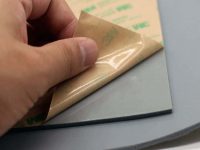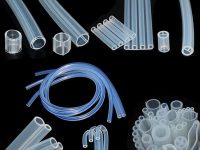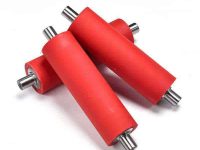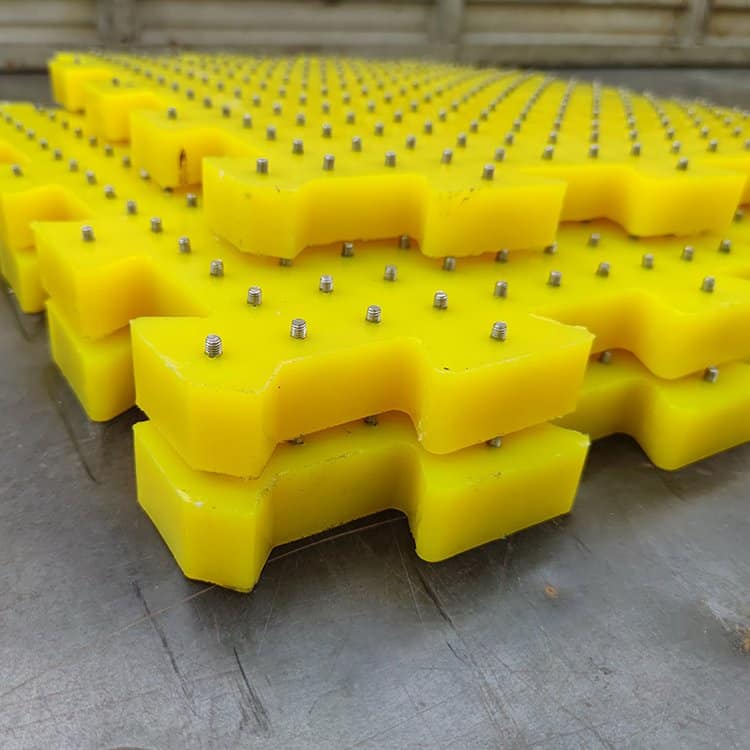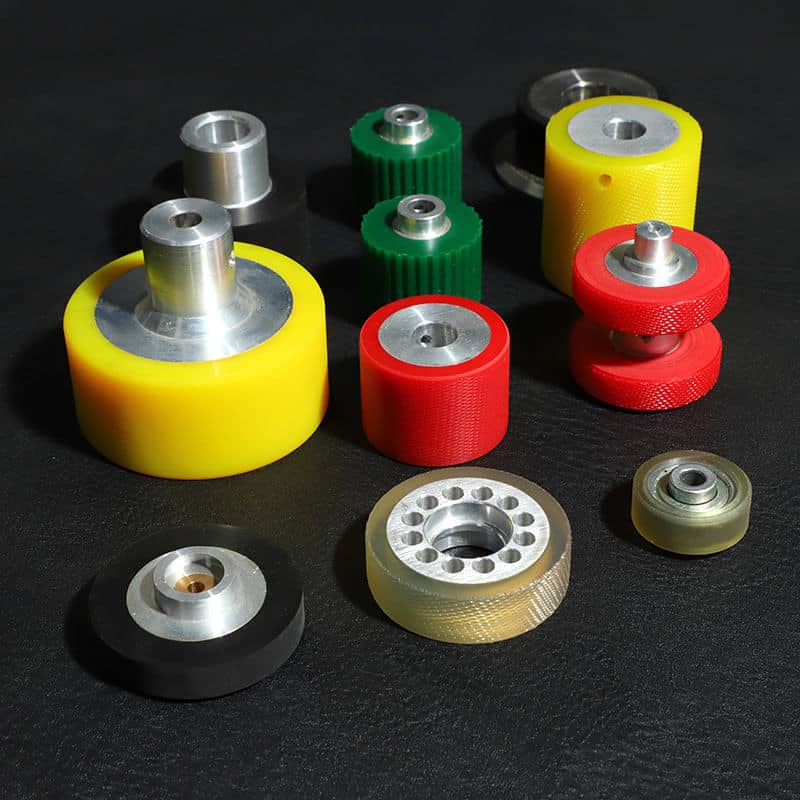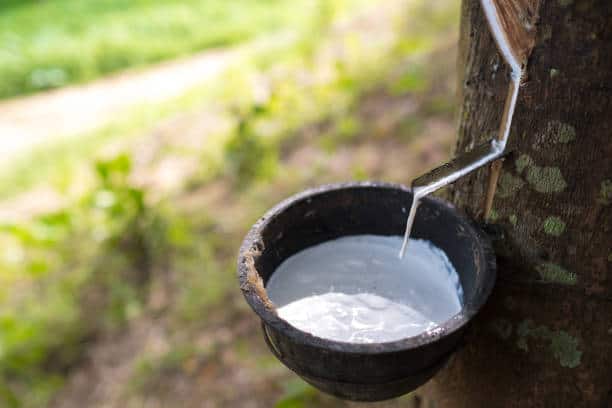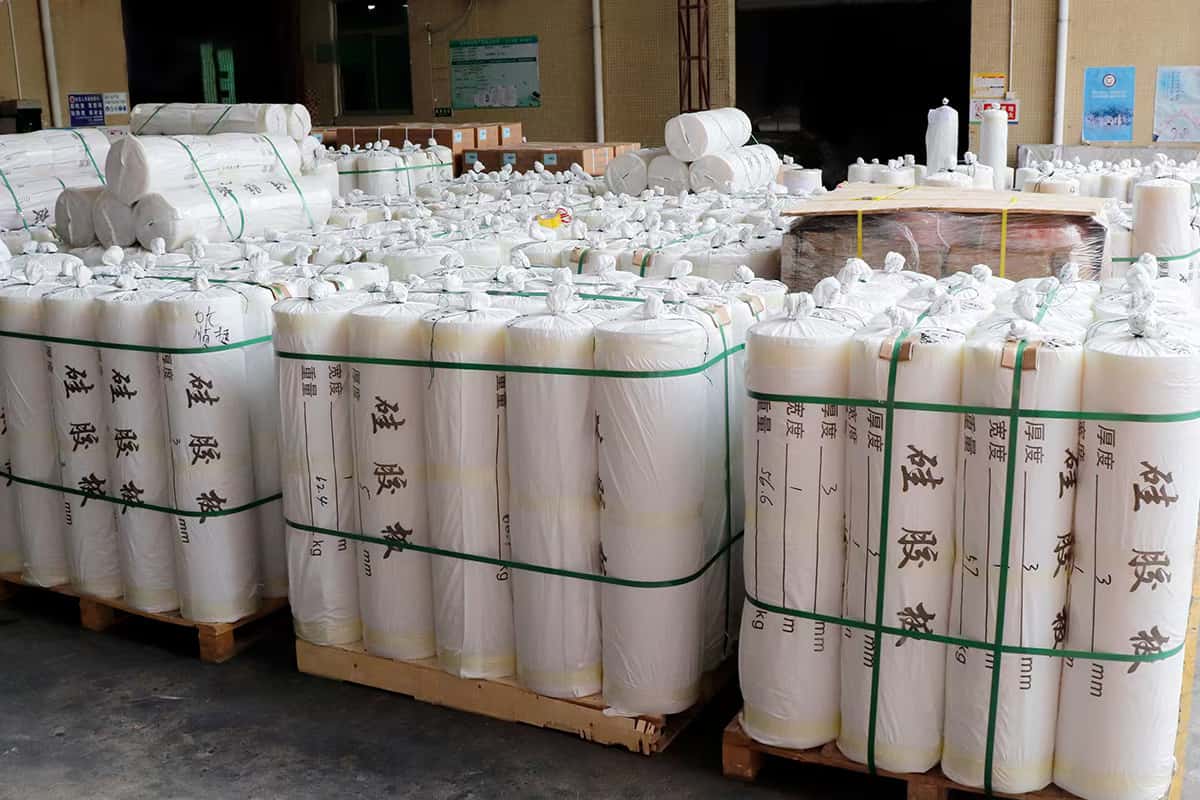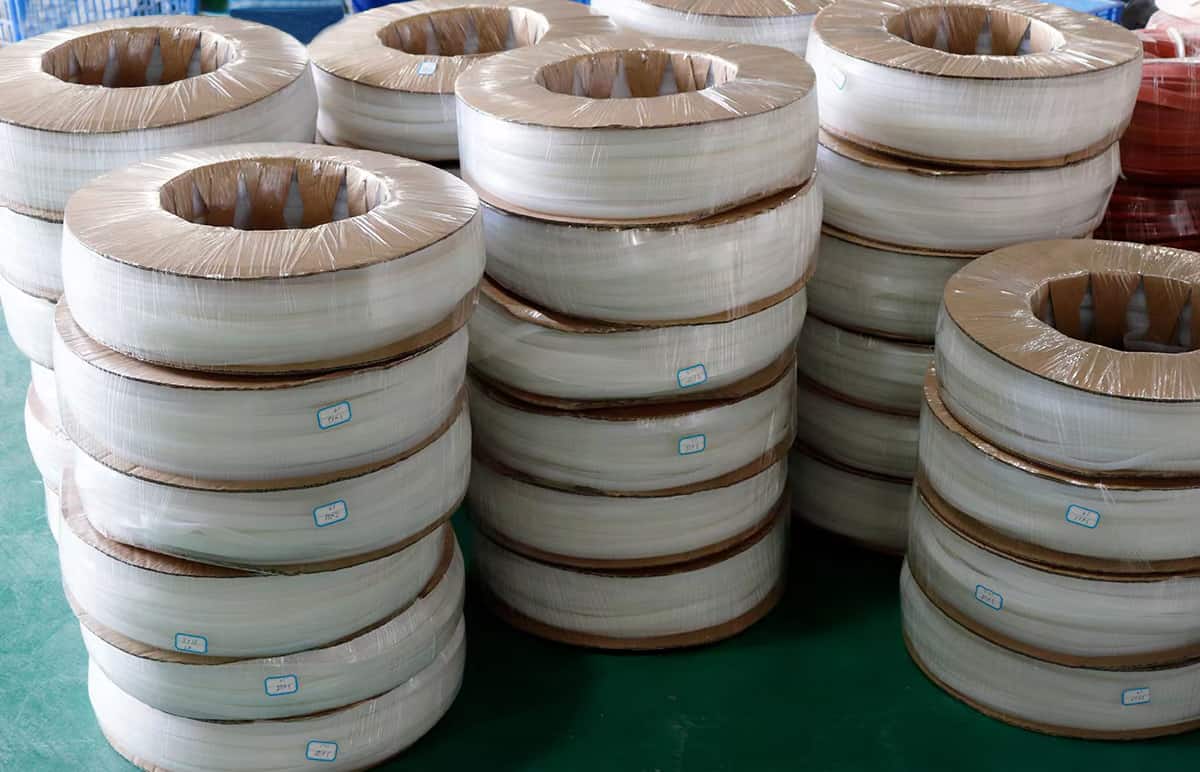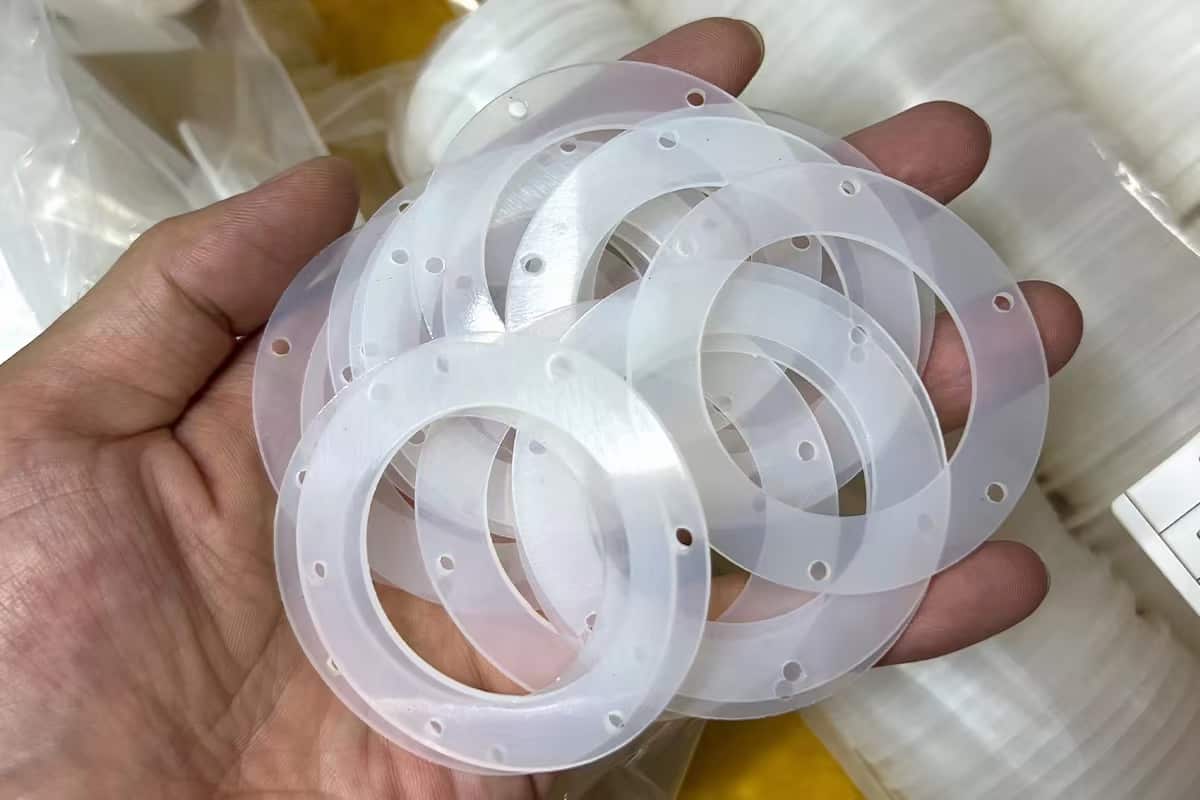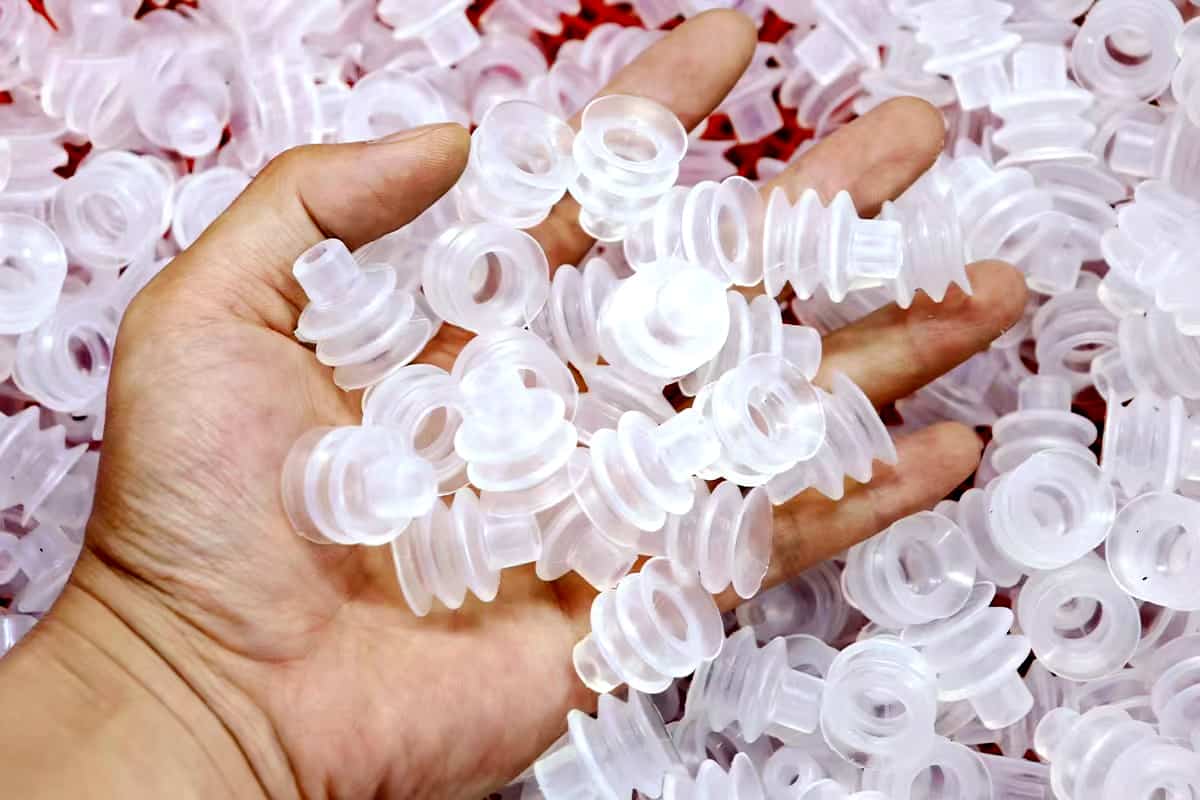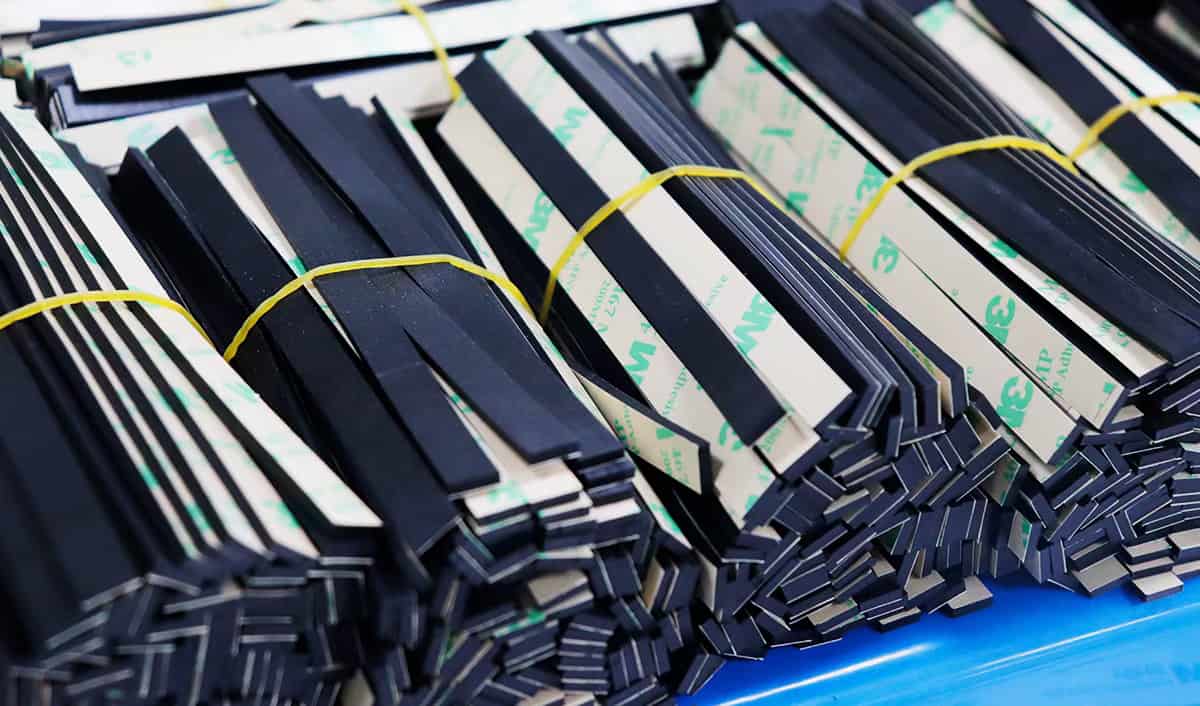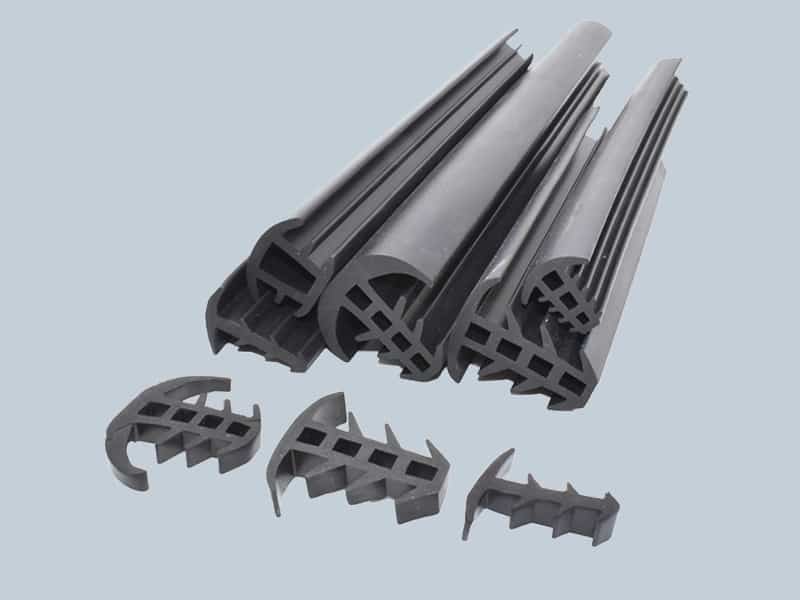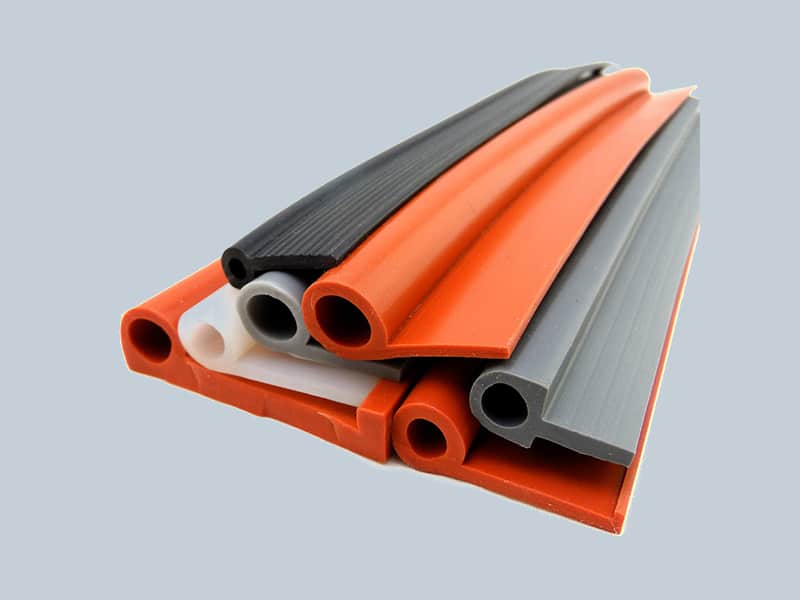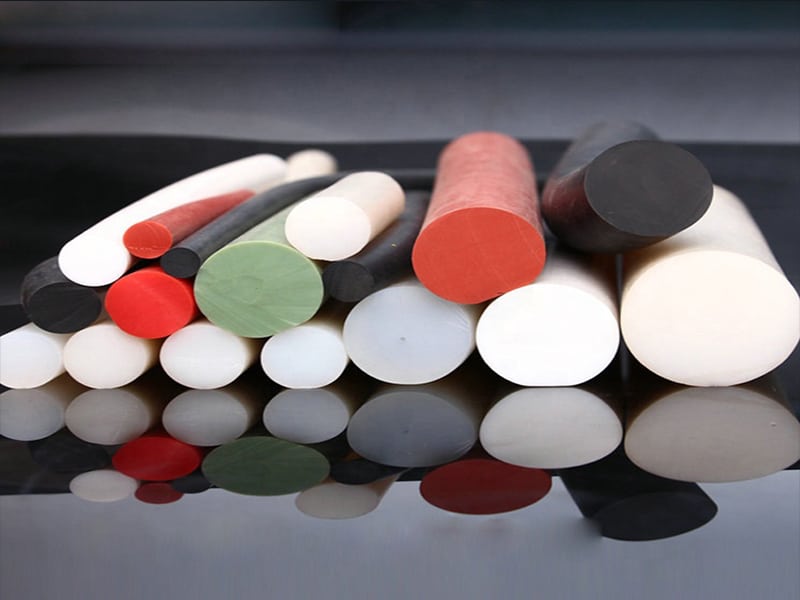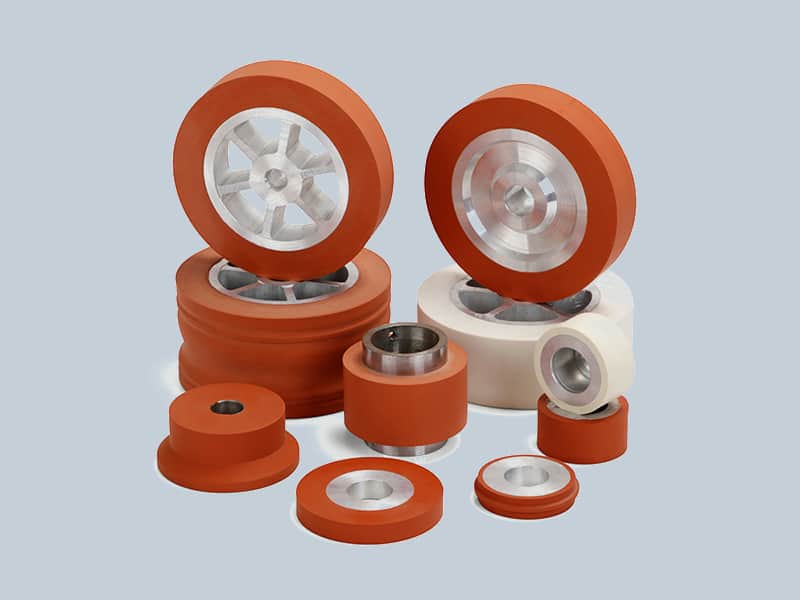Next time you’re enjoying a delicious piece of chocolate, take a moment to think about the humble silicone rubber that made it possible. That’s right – silicone rubber is an essential ingredient in many types of chocolate. But how is it made?
The process of vulcanization is how silicone rubber is created. This involves adding sulfur or other vulcanizing agents to the rubber in order to speed up the cross-linking of the polymer chains. This gives the silicone rubber its distinctive properties, such as high temperature resistance and electrical insulation.
So next time you take a bite of your favorite chocolate, remember to give a silent thank-you to the vulcanized silicone rubber that made it possible!
What is vulcanization?
Vulcanization is a chemical process in which individual molecules of vulcanizing agent are bonded to the long chain molecules of raw rubber, resulting in a substantial increase in the material’s strength and resilience. Vulcanized rubber is used in a wide variety of applications, including tires, hoses, seals and gaskets.
The vulcanization process
Vulcanization is a chemical process in which individual polymer molecules are linked to other polymer molecules by atomic bridges. These atomic bridges are formed as a result of a reaction between the chains of polymers and a vulcanizing agent. The vulcanizing agent may be sulfur, peroxides, or metal oxides. The most common vulcanizing agent is sulfur, which reacts with the polymers at temperatures between 140°C and 200°C (280°F and 392°F).
The resulting cross-linked material has improved strength and resistance to heat and chemicals. Vulcanized rubber is used in tires, conveyor belts, hoses, gaskets, seals, mounts, vibration dampers, o-rings, etc.
The benefits of vulcanized silicone rubber
Vulcanization is a special process that gives the silicone rubber object certain special properties, making it stronger and more durable.
The main benefit of vulcanized silicone rubber is that it is stronger than non-vulcanized silicone rubber. This means that objects made from vulcanized silicone rubber will last longer and be less likely to break.
Vulcanized silicone rubber also has better resistance to heat and cold than non-vulcanized silicone rubber. This means that objects made from vulcanized silicone rubber will be less likely to be damaged by extreme temperatures.
Lastly, vulcanized silicone rubber is less likely to degrade over time than non-vulcanized silicone rubber. This means that objects made from vulcanized silicone rubber will retain their original shape and form for a longer period of time.
The history of vulcanized silicone rubber
The vulcanization of silicone rubber was first achieved in 1937 by Russian chemist Xavier Brunier while working for Corning Glass Works in the United States. The process was first patented in 1941.
Brunier was working on a method to improve the clarity of glass when he discovered that adding sulfur to the silicone rubber improved its clarity and made it more resistant to degradation by heat and light.
While the exact mechanism of vulcanization is not fully understood, it is known that the sulfur atoms form cross-links between the chains of polymer molecules, which gives the material its improved physical properties.
Vulcanized silicone rubber has since become an important material with a wide range of applications, including medical devices, electrical insulators, automotive seals and gaskets, and cooking implements.
The future of vulcanized silicone rubber
With the uncertainty of the future, many companies are searching for a more environmentally friendly way to vulcanize silicone rubber. The future of vulcanized silicone rubber may be unknown, but there are many options being explored to make the process more sustainable.
The different types of vulcanized silicone rubber
Silicone rubber can be vulcanized in two ways: addition vulcanization and condensation vulcanization. The difference between the two types is the cure mechanism. In order for silicone rubber to become vulcanized, or cured, it needs to go through a process called vulcanization. This is a chemical process in which individual molecules of silicone rubber are linked together to form a three-dimensional network. This network gives the cured material its unique properties, such as high temperature resistance and flexibility.
There are two types of silicone vulcanization: addition vulcanization and condensation vulcanization. The difference between the two is the cure mechanism.
Addition vulcanization is the most common method of curing silicone rubber. In this method, a peroxide or an organic halide is used as the curing agent. When these agents come into contact with silicone rubber, they break down into radicals that react with the silicon-oxygen backbone of the polymer chains. This forms crosslinks between the chains and leads to the formation of a three-dimensional network.
The other method of curing silicone rubber is condensation vulcanization. In this method, instead of using a peroxide or halide curing agent, a silane compound is used. When this compound comes into contact with silicone rubber, it undergoes hydrolysis to form siloxane bonds between the chains. This also leads to the formation of a three-dimensional network and results in a cured material with unique properties.
The applications of vulcanized silicone rubber
Vulcanized silicone rubber is used in a wide variety of applications, including:
-Automotive: seals, gaskets, hoses, actuators
-Electrical: insulation, gaskets
–Medical: silicone tubing, seals
-Aerospace: seals, gaskets, insulation
-Appliances: seals
The challenges of vulcanized silicone rubber
Silicone rubber is a type of synthetic rubber that is made from a blend of silicone and other materials. Vulcanized silicone rubber is a type of silicone rubber that has been treated with chemicals or heat to increase its strength and durability.
One of the challenges of vulcanized silicone rubber is that it can be difficult to work with. This is because vulcanized silicone rubber is harder and less flexible than non-vulcanized silicone rubber. As a result, it can be difficult to cut, mold, or shape vulcanized silicone rubber without the use of special tools or techniques.
Another challenge of vulcanized silicone rubber is that it is not as compatible with some adhesives and sealants as non-vulcanized silicone rubber. This means that it can be more difficult to bonding two pieces of vulcanized silicone rubber together using adhesives or sealants.


